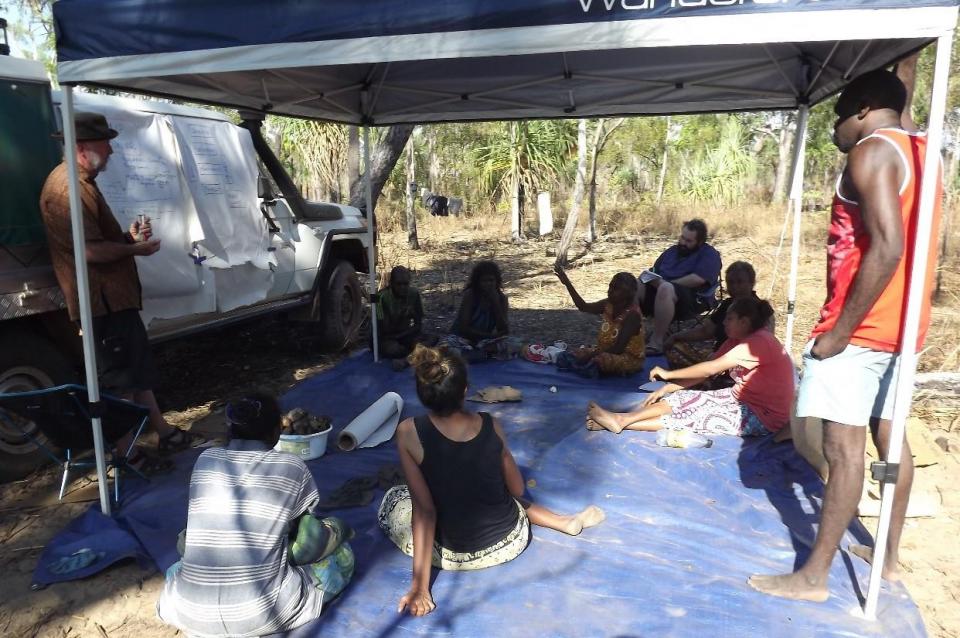
PUBLICATIONS
Published works

Mapping training delivery framework and pathways for the north Australian fire and emergency management training
| Title | Mapping training delivery framework and pathways for the north Australian fire and emergency management training |
| Publication Type | Report |
| Year of Publication | 2017 |
| Authors | Sutton, S |
| Document Number | 351 |
| Date Published | 11/2017 |
| Institution | Bushfire and Natural Hazards CRC |
| City | Melbourne |
| Report Number | 351 |
| Abstract | The North Australian Fire and Emergency Management Trainingproject was initiated following representations made by land, fire and emergency managers in northern Australia about the inadequacy of existing training for remote fire and emergency management. People involved in fire and land management in remote Aboriginal communities in particular were concerned that the existing training did not really provide satisfactory levels of skills or knowledge with which an individual or group could effectively manage bushfire and natural hazards (BNH) at the landscape scale required in the north. It is important to note that they did not express disdain for the current training; the inadequacy they referred to was more directed at the fact that the training did not go far enough. It only covered the basics. They recognised that the basics were good and important for maintenance of the safety of individuals working in BNH, but more was required. Additionally, these informants clearly expressed a desire for their own existing knowledge and ways to be incorporated into training. They indicated that incorporating this traditional knowledge made sense in practical terms: they had always lived here, they knew the landscape, they knew about fire and other hazards and how to manage them. It also made sense in more symbolic ways; recognition of their knowledge and skills would mean a great deal to training participants and would be likely to foster better uptake of the training. This holistic training was less likely to be forgotten. The fact that the training might do more than just refer to existing traditional knowledge as a marginal note would allow the training to build on participant’s existing scaffolds of understanding. Taking this into account the project in its original conception set out to establish an adaptable program of training modules that would readily fit within a VET qualification or for a component of an HE unit. As the project progressed however, a range of issues were identified that cautioned against unilateral implementation of this approach. Several elements of the wider program of training required the detailed input of local people from the communities within which the training was to be delivered. This input included local knowledge of the multidimensional role that fire has within the landscape and its cultural relationships. Other information was sought regarding the traditional approaches of the community to leadership and management decision-making. For each of these and a number of other tasks, elements of the project were outsourced to ARPNet[1]. In each case the quality of the information provided exceeded the brief and has considerably enhanced the quality of the final product (the training). However, the feedback from the ARPNet research also included a lot of metadata about training in remote Aboriginal communities in general. This information included considerable disquiet about VET training in general and the quality of accredited courses delivered in communities specifically. Consequently this document discusses these issues and concerns and tries to set out a mechanism for ensuring remote communities have access to the training in a suitable framework that enhances their ability to find employment or progress to further education. [1] ARPNet is the Aboriginal Research Practitioners Network, a coordinated group of Aboriginal people from a variety of communities and languages who have been trained in Participatory Action Research. Network members are contracted to conduct research, evaluation and planning activities using qualitative and quantitative methods from the ARPNet “Dilly Bag “(Sithole 2013). Research is conducted in the first language of the participants with due attention to cultural sensitivities.
|
Published Works


